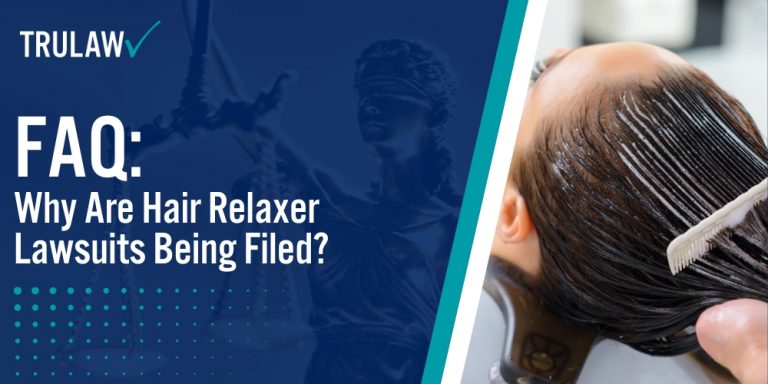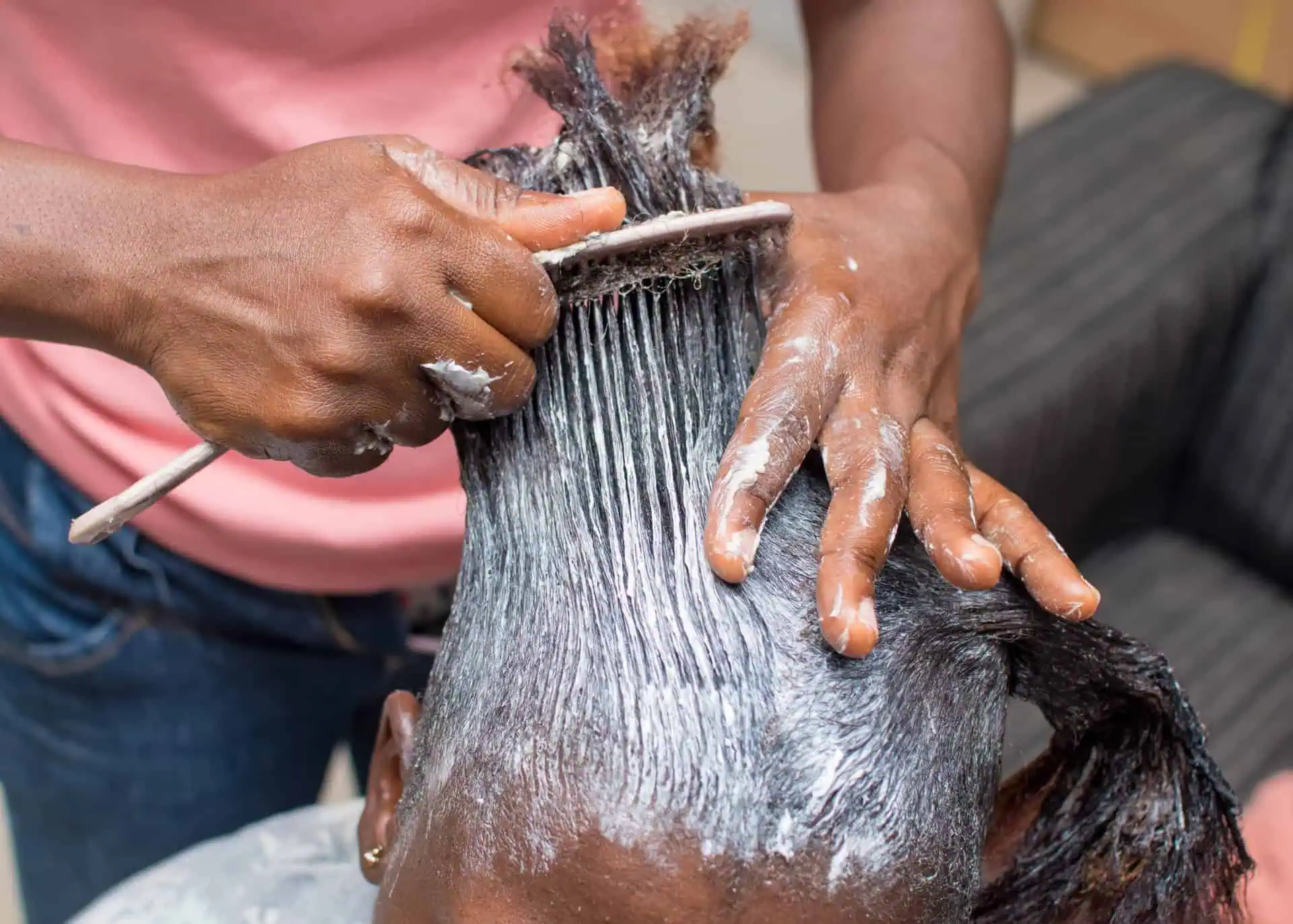Recent studies have highlighted a concerning link between the use of chemical hair relaxers and an increased risk for certain types of cancer, prompting scrutiny from both medical professionals and legal experts.
Notable research, including findings from the National Cancer Institute’s Sister Study, has indicated that frequent exposure to endocrine-disrupting chemicals found in these hair products may correlate with elevated instances of breast and ovarian cancer as well as uterine cancers.
These revelations have fueled a growing number of lawsuits alleging that manufacturers failed to adequately warn consumers about the potential danger associated with their hair relaxer products.
Recent Hair Relaxer Studies
Recent investigations have revealed significant health concerns associated with the use of chemical hair relaxers, particularly an elevated risk of cancer.
Two notable studies stand out:
- NIH Study on Uterine Cancer Risk: Women who use chemical hair straighteners and relaxers may have a higher risk of uterine cancer. The study, which included data from over 33,000 women, showed that frequent users of hair straighteners were about 2.5 times more likely to develop uterine cancer than non-users.
- Black Women’s Health Study (BWHS): Conducted by Boston University, this study reported that long-term use of chemical hair relaxers by postmenopausal Black women was linked to an increased risk of uterine cancer. Those who used hair relaxers more than twice a year or for over five years had a greater than 50% increased risk compared to those who rarely or never used them.
Types of cancer associated with hair relaxers
Studies and ongoing research suggest a disturbing connection between hair relaxer use and the risk of developing certain types of cancer.
Women who regularly apply these products may face heightened exposure to potential carcinogens.
- Uterine Cancer: The significant findings from the National Institutes of Health point to an increased uterine cancer risk among users of chemical hair relaxers. This link is particularly concerning due to the aggressive nature of uterine cancer and its impact on women’s reproductive health.
- Ovarian Cancer: Though less discussed, there’s emerging evidence correlating hair relaxers with ovarian cancer cases. Ovaries, being part of the endocrine system, are susceptible to disruption by chemicals present in these products.
- Breast Cancer: Some studies have raised the possibility that endocrine-disrupting chemicals in hair relaxers might contribute to a higher incidence of breast cancer. These findings warrant more research into this potential association.
- Endometrial Cancer: With similarities to uterine cancer, endometrial cancer affects the lining of the uterus and has also been connected with the use of harsh hair-straightening chemicals.
Cancer Risks Linked to Hair Relaxers
Recent research has drawn connections between the use of chemical hair relaxers and an increased risk of developing certain types of cancer, including uterine and ovarian cancers.
Uterine cancer, in particular, has been noted for its potential link to these cosmetic products, with studies citing a higher prevalence among users.
Ovarian cancer risk is also under scrutiny as experts continue to analyze ingredients found in hair relaxation treatments that might contribute to hormone-sensitive malignancies.
The active chemicals present in these beauty aids could disrupt endocrine function, leading scientists to investigate their long-term health implications on women frequently utilizing such hair styling methods.
These revelations regarding possible carcinogenic properties have propelled numerous lawsuits due to concerns over inadequate consumer safety warnings and insufficient regulatory oversight concerning chemical hair straightening products.
Uterine Cancer
Uterine cancer, particularly endometrial cancer, stands as the most common gynecologic cancer affecting women and involves the abnormal growth of cells in the uterus.
Evidence points to a disturbing link between this form of cancer and the prolonged use of chemical hair straighteners.
The chemicals found in these products may disrupt hormonal functions, potentially leading to an increased risk of developing hormone-sensitive cancers such as uterine or endometrial cancer.
Recent findings by the National Institutes of Health highlight that women utilizing chemical hair straightening products face higher odds of being diagnosed with uterine cancer compared to those who do not use these products.
This elevated risk is particularly concerning for black women who have historically used hair relaxers more frequently.
These studies reveal a pressing need to further investigate and identify specific risk factors tied to exposure to chemical hair straighteners linked to serious health outcomes.
As discussions about these risks intensify, they resonate with thousands facing diagnoses that may be attributable to years of applying such beauty treatments.
With ongoing research into how often individuals use perms or body waves—treatments similar in their formulations—and their subsequent effects on reproductive health, it remains critical for consumers to stay informed about potential hazards linked with these widely used cosmetics.
Ovarian Cancer
Research from the National Institutes of Health (NIH) indicates that chemicals found in hair relaxers may have a connection to ovarian cancer.
Women who use these products frequently are concerned, as some ingredients can be absorbed into the body, possibly leading to increased health risks.
Several studies suggest that certain compounds in these hair straightening treatments could contribute to hormone-sensitive cancers like ovarian cancer.
The concern about ovarian cancer is particularly acute among Black women, many of whom have used chemical hair relaxers for years.
Given their claims and subsequent lawsuits against cosmetic companies, there’s a burgeoning focus on uncovering more evidence regarding this potential risk.
Attorneys are actively investigating connections between the regular use of hair straightening chemicals and the development of ovarian cancer.
With ongoing legal actions, it’s clear that both consumers and experts seek clarity on how exposure to these substances might influence the occurrence of hormonally influenced malignancies such as ovarian cancer.


